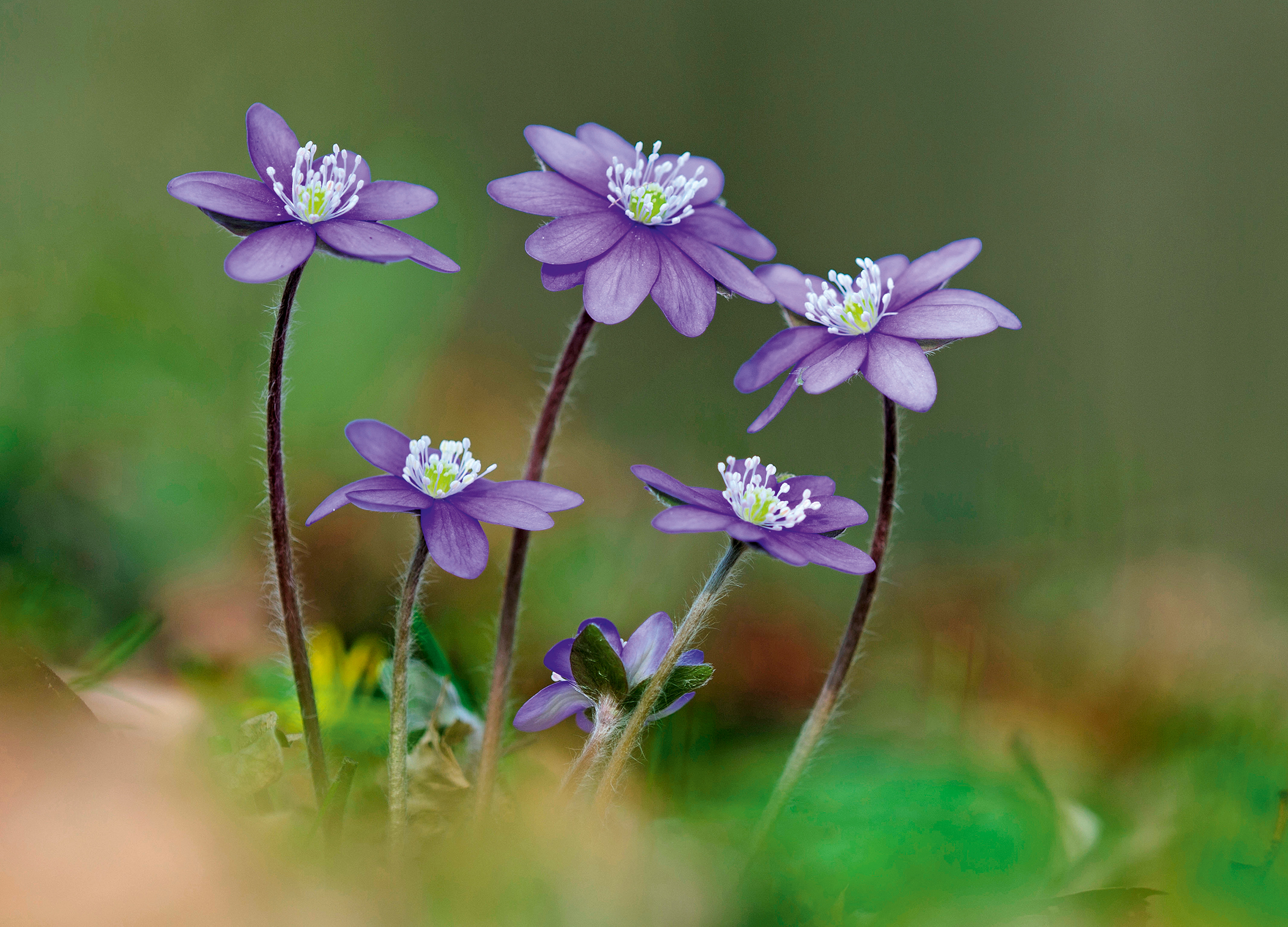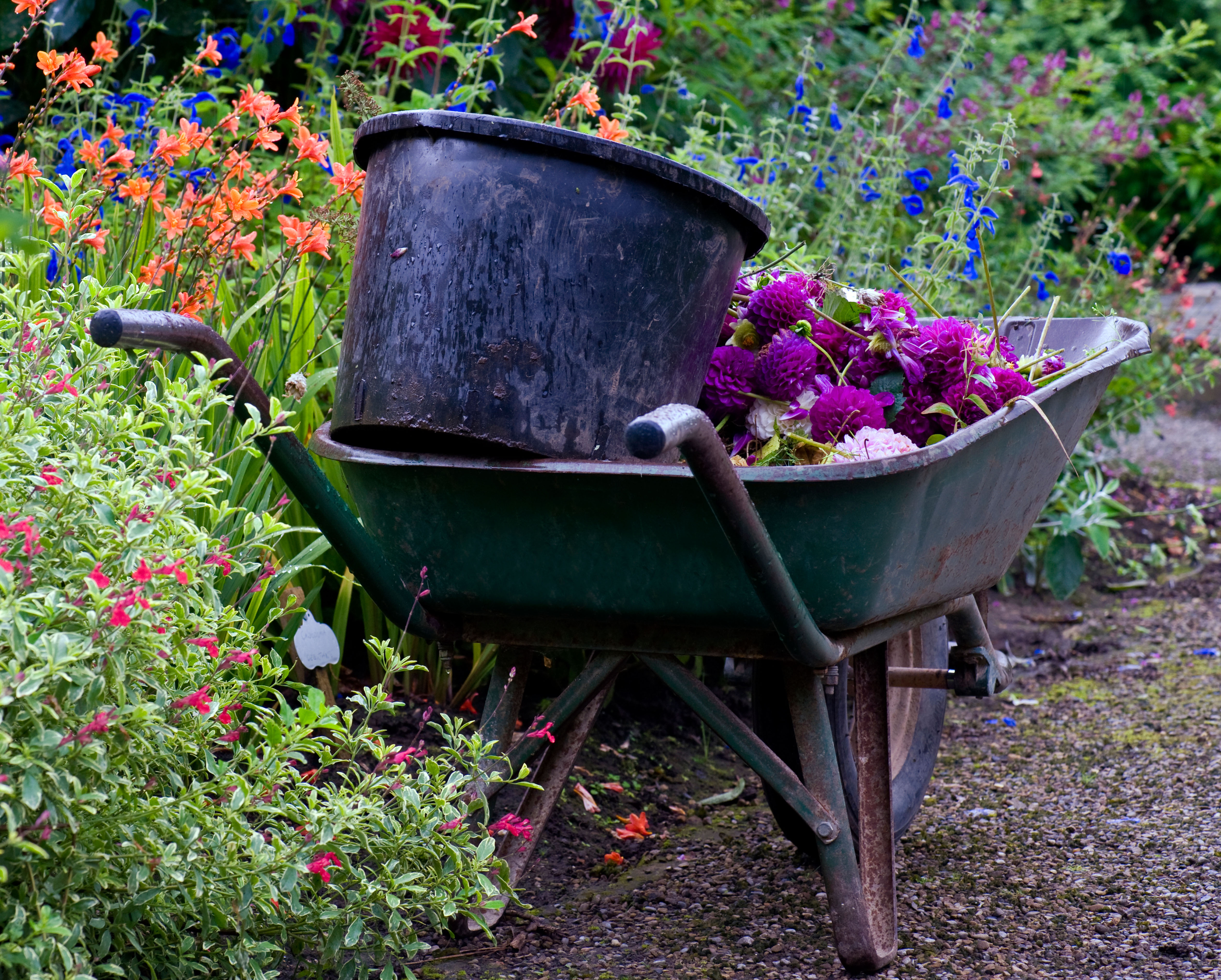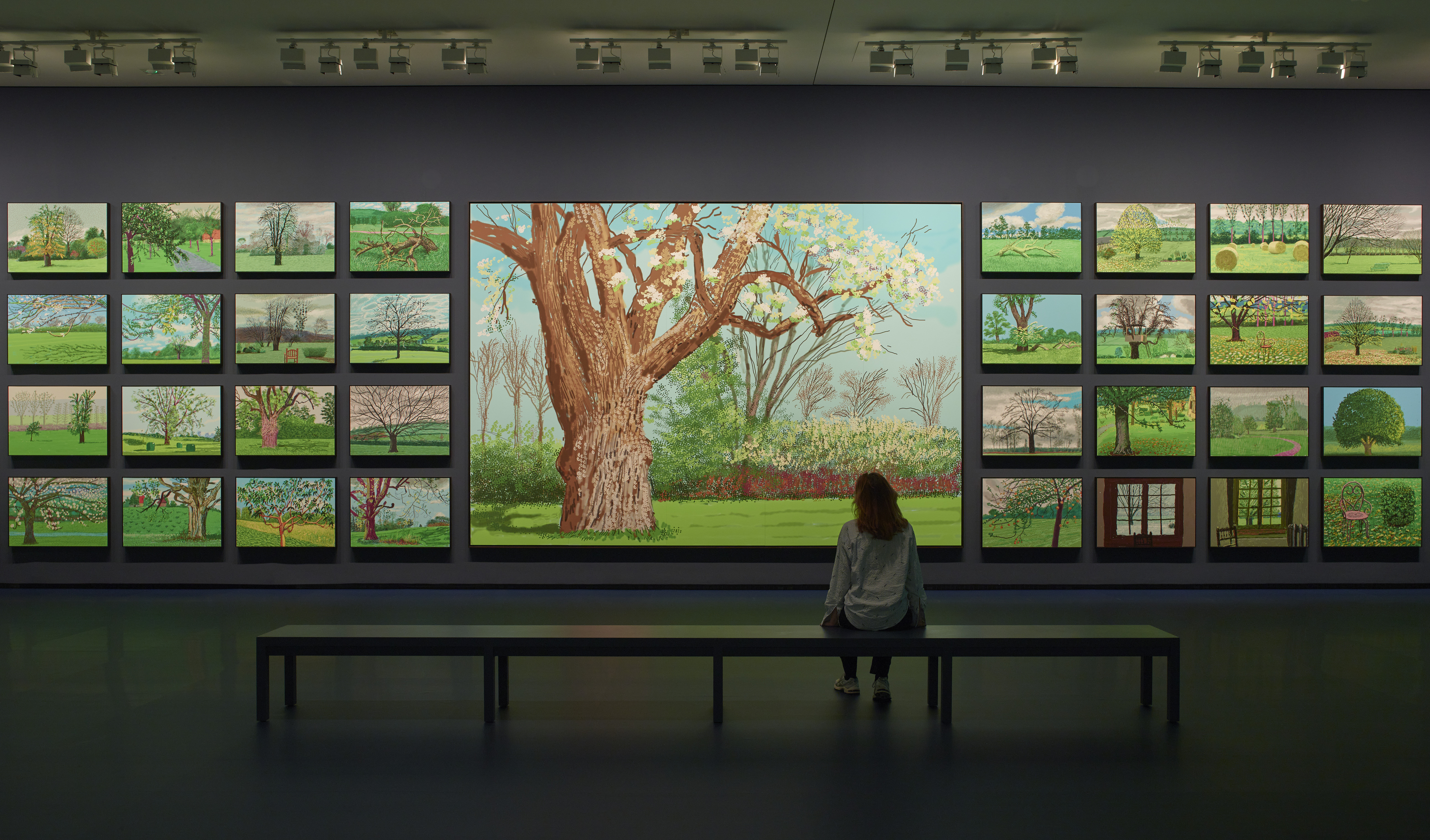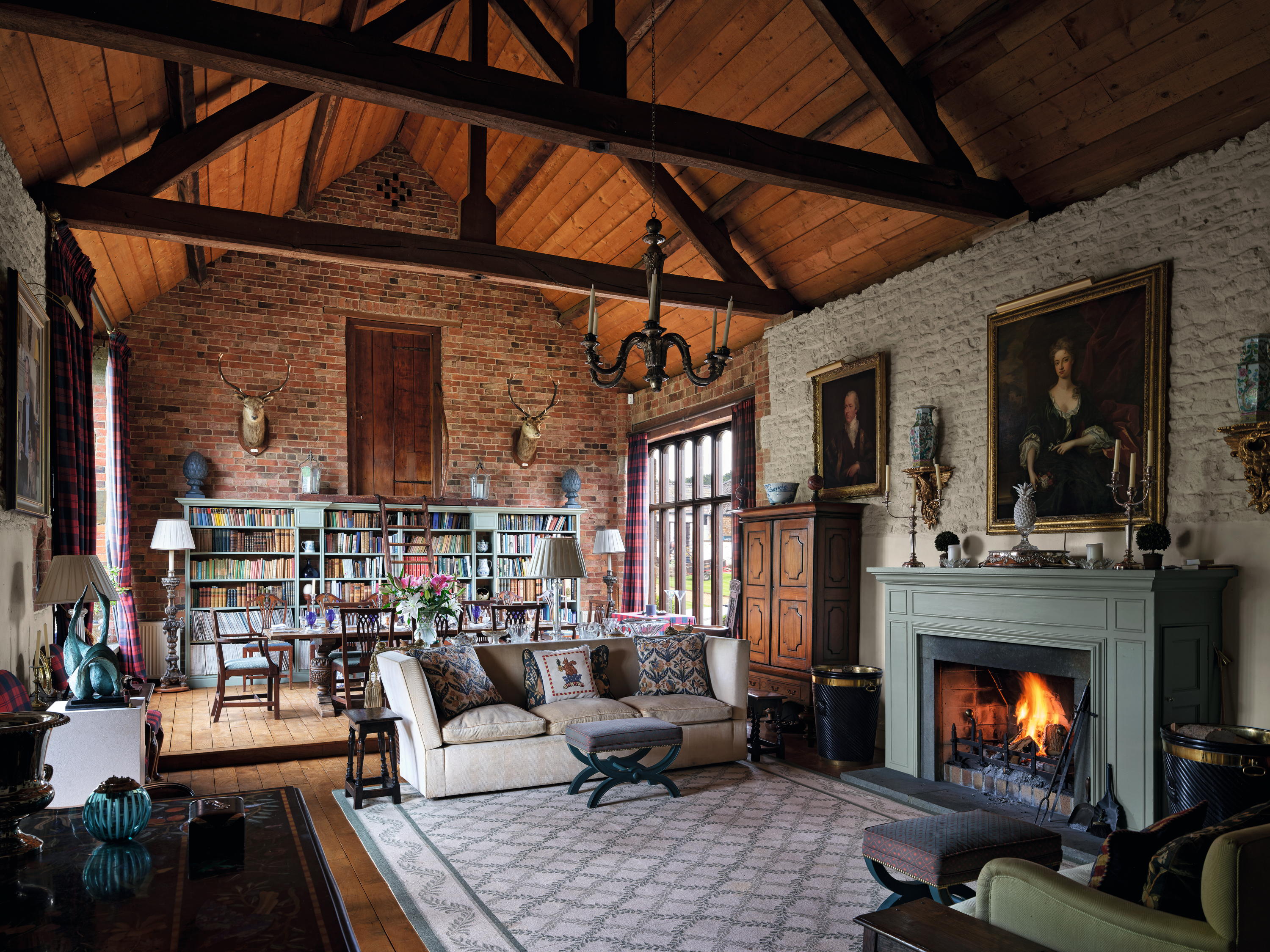A nursery where you'll come away having spent a lot of money — but you'll be very pleased to have done so
Charles Quest-Ritson takes a look at the incomparable hepaticas of John Massey.

John Massey is a happy man. His beaming face is familiar to plant lovers all over Britain and beyond. Plants have been the great love of his life — finding them, growing them, selecting them and selling the best. In 1967, when he was 18, his father bought a small, run-down nursery for him in Shropshire. Today, Ashwood Nurseries is one of our most famous plant centres. It is difficult to come away without spending a lot of money — and feeling very pleased to have done so.
Plant lovers have crazes and, sometimes, these passions develop into lasting relationships. Mr Massey has had a series of infatuations, including cyclamen, auriculas, hellebores, hydrangeas and hepaticas. Not content merely to make a collection of plants that fascinate him, he has gone on to breed new varieties, selecting potential parents, transferring pollen to pistils, sowing the seeds, assessing the seedlings and introducing the best. All have brought him fame, renown and soaring sales.
I first met Mr Massey at the RHS Westminster show on February 17, 1998, when he put on an exhibit of hepaticas. Hepaticas are rather like our common wood anemones, but the two easiest species to grow — H. transsilvanica and H. nobilis (both European natives) — are usually intense blue in colour. Mr Massey’s colours ranged from midnight blue to pink and white. Some were fully double, others camellia shaped. I fell for a white one with crimson anthers. Plant lovers had never seen anything like them. Why did we not know about them? The exhibit electrified the judges and received a Gold medal.
Mr Massey came back to Westminster in 1999 with yet more hepaticas and won another Gold medal. What would he show us in 2000, we wondered? At the first show of the year, in January, the star attraction was a display of his double-flowered hellebore hybrids. Then, on February 15, 2000, the exhibit of hepaticas was not from his own nursery, but from Japanese enthusiasts whom he had persuaded to bring a vast display of hepaticas from Japan, all in distinctive pots. We realised then that generations of Japanese nurserymen and plant lovers had discovered, selected and bred unusual forms of their native Hepatica japonica.
Mr Massey has travelled everywhere that hepaticas grow naturally, from the Pyrenees to New England and an island 75 miles off the coast of Korea called Ulleungdo, of which most of us have never heard. Wherever he travels in search of plants, he enlists the help and knowledge of local wildflower experts and, being both sociable and personable, he gets on famously with everyone he meets.
He has now published a massive celebration of the genus, My World of Hepaticas (available exclusively from Ashwood Nurseries, £45). It is a personal account of his discoveries, his pleasure in getting to know the species and the people he has met and befriended along the way. There seems to be no end to the number of attractive varieties that he has seen and photographed, both in the wild and in cultivation. And he is equally as intrigued by the variations that hepaticas show in their foliage — handsome leaf patterns and contrasts of colour.
The variability of hepatica flowers and leaves makes them an excellent subject for horticultural development. Mr Massey’s book gives a comprehensive account of hybridisation in Germany, Scandinavia and Japan — and now by himself. So many nursery-men hide their handiwork that Mr Massey’s openness is refreshing — and typical of the man. Roughly half the book is devoted to hybrids. All are illustrated, too. He describes the crosses he has made and the results of his experiments. Ponder this botanical conundrum: ‘Most hepatica species will cross with each other. Although these crosses seem to work both ways… the resulting progeny can be completely different… for example, H. maxima crossed with H. nobilis produces H. x schlyteri. Now, if H. maxima is the mother, the leaves are usually plain green and the progeny 99% sterile. On the other hand, if H. nobilis is the mother, the leaves are mainly marbled and the seedlings are almost all fertile…’ How do you explain it? Mr Massey leaves the question for future researchers to answer.
Sign up for the Country Life Newsletter
Exquisite houses, the beauty of Nature, and how to get the most from your life, straight to your inbox.
You could buy My World of Hepaticas merely for its astonishing photographs. Some pages have row after row of hepatica flowers in close-up, reminiscent of old Polyfotos in full colour. And one falls in love with every one of them. It is hard to imagine that this book could ever be bettered as a monograph — a monumental account that is also a delight to read and pore over.
Visit www.ashwoodnurseries.com

Credit: Alamy
Deadheading? Don't worry about it too much, or you'll miss out on some fine surprises
Mark Griffiths passes on sage advice about deadheading old plants from one of the greats of gardening — but cautions us
Charles Quest-Ritson is a historian and writer about plants and gardens. His books include The English Garden: A Social History; Gardens of Europe; and Ninfa: The Most Romantic Garden in the World. He is a great enthusiast for roses — he wrote the RHS Encyclopedia of Roses jointly with his wife Brigid and spent five years writing his definitive Climbing Roses of the World (descriptions of 1,6oo varieties!). Food is another passion: he was the first Englishman to qualify as an olive oil taster in accordance with EU norms. He has lectured in five languages and in all six continents except Antarctica, where he missed his chance when his son-on-law was Governor of the Falkland Islands.
-
 ‘David Hockney 25’ at the Fondation Louis Vuitton: Britain’s most influential contemporary artist pops up in Paris to remind us all of the joys of spring
‘David Hockney 25’ at the Fondation Louis Vuitton: Britain’s most influential contemporary artist pops up in Paris to remind us all of the joys of springThe biggest-ever David Hockney show has opened inside the Fondation Louis Vuitton in Paris — in time for the season that the artist has become synonymous with.
By Amy Serafin Published
-
 High Wardington House: A warm, characterful home that shows just what can be achieved with thought, invention and humour
High Wardington House: A warm, characterful home that shows just what can be achieved with thought, invention and humourAt High Wardington House in Oxfordshire — the home of Mr and Mrs Norman Hudson — a pre-eminent country house adviser has created a home from a 300-year-old farmhouse and farmyard. Jeremy Musson explains; photography by Will Pryce for Country Life.
By Jeremy Musson Published